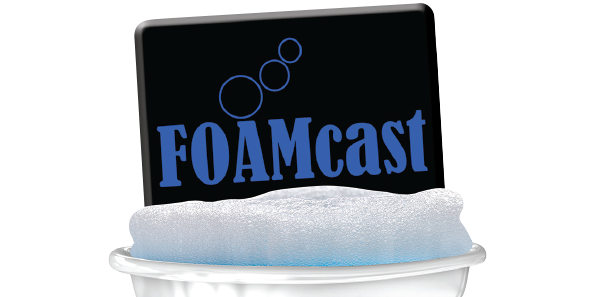
The new AAP guideline states that a BRUE can be diagnosed in an infant younger than 1 year whose symptoms have already resolved by the time of presentation. To qualify as a BRUE, one or more of the following features must have been present: cyanosis or pallor; absent, decreased, or irregular breathing; marked change in body tone, either hypotonia or hypertonia; and an altered level of responsiveness. A BRUE can be diagnosed if a thorough history and physical exam has been conducted and no explanation for the event has been discovered.
Explore This Issue
ACEP Now: Vol 35 – No 07 – July 2016From there, risk stratification determines how to proceed with management. While the guideline makes no specific recommendations for higher-risk infants, for lower-risk infants (defined as a first-time event occurring in an infant older than 60 days, born full-term or more than 45 weeks corrected gestational age), no CPR by a trained medical professional was required, and given the event lasted less than one minute, remarkably few obligate interventions are needed.
The only measures that should routinely be taken are that parents should be educated about BRUE, there should be shared decision making regarding discharge versus admission with parents, and resources for learning CPR should be offered to parents and other caregivers.
In fact, citing the goal of decreasing the harms of common false-positive findings, the AAP recommends that lower-risk BRUE babies need no routine laboratory testing. The only measures that should routinely be taken are that parents should be educated about BRUE, there should be shared decision making regarding discharge versus admission with parents, and resources for learning CPR should be offered to parents and other caregivers. ECG, pertussis testing, and pulse oximetry may be performed but aren’t considered necessary. Automatic admission to the hospital for observation and testing need not be done due to the goal of decreasing health care-associated infections and other safety risks.
In summary, the overall theme of this excellent guideline seems to be a de-escalation in terminology in an attempt to move away from unnecessary testing and often fruitless admissions. (We think we can hear the sounds of EM physicians and pediatricians everywhere vigorously applauding in agreement and thanks.) Some parents won’t be all that reassured by the word “unexplained” in their child’s diagnosis, but we’re guessing it will be outshined by the abandoning of “life-threatening,” a phrase that’s neither calming nor accurate.
Medications That Cause False Positives
Finally, as promised, the podcast spent the better part of a recent episode going over the biggest culprit medications that cause false-positive results on urine toxicology screens. The topic was inspired by a post on the blog MDAware by Seth Trueger, MD, MPH.
Pages: 1 2 3 | Single Page




No Responses to “Medical Guidelines from Non-Emergency Medicine Experts Benefit Emergency Physicians”